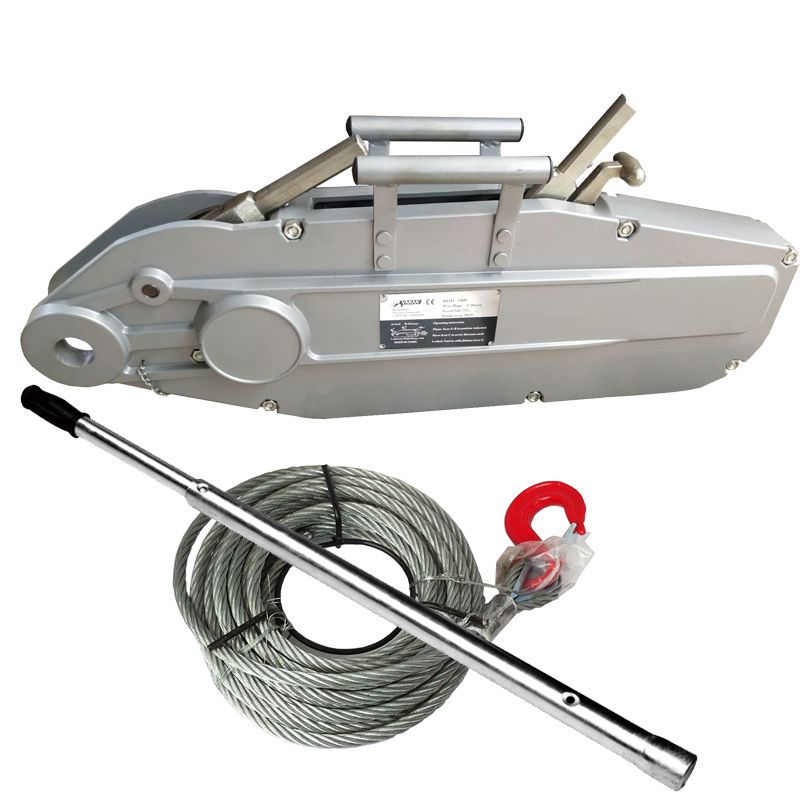Unraveling the Main Components of a Manual Wire Rope Winch
2024-05-30
When it comes to lifting, pulling, or positioning heavy loads, a manual wire rope winch is a reliable and versatile tool. Its functionality relies on several key components that work together to ensure smooth and efficient operation. In this blog, we'll explore the main components of a manual wire rope winch and their roles in the overall system.
Winch Drum
The winch drum is the heart of the manual wire rope winch. It's a cylindrical part that the wire rope wraps around. As the drum rotates, the wire rope either winds or unwinds, allowing you to lift, lower, or pull the attached load. The drum is typically made from strong and durable materials such as steel to handle the stresses and strains of heavy-duty use.
Wire Rope
The wire rope is the lifeline of the winch. It's the part that connects the drum to the load and bears the weight of the object being lifted or pulled. The wire rope is made up of multiple strands of steel wires twisted together to form a flexible yet strong cable. It's designed to withstand high tensile forces and resist abrasion and corrosion.
Crank or Handle
The crank or handle is the part that you turn to operate the winch. It's connected to the winch drum via a gearing mechanism, allowing you to rotate the drum and control the movement of the wire rope. The crank or handle is usually ergonomically designed for comfort and ease of use, especially during extended or repetitive operations.
Gearing Mechanism
The gearing mechanism is a crucial component that connects the crank or handle to the winch drum. It consists of gears, pulleys, and other mechanical parts that convert the force applied by the operator into the torque necessary to rotate the drum. The gearing mechanism multiplies the force applied by the operator, making it easier to lift or pull heavy loads.
Brake System
The brake system is a safety feature that ensures the winch can be safely stopped and locked in position. It prevents the drum from rotating unexpectedly, which could lead to the load falling or moving unexpectedly. The brake system typically consists of a friction brake that engages when the crank or handle is released, locking the drum in place.
In conclusion, a manual wire rope winch relies on several key components to function effectively. The winch drum, wire rope, crank or handle, gearing mechanism, and brake system all work together to provide smooth and controlled lifting, lowering, and pulling of heavy loads. Understanding the role of each component can help you choose the right winch for your needs and ensure safe and efficient operation.



